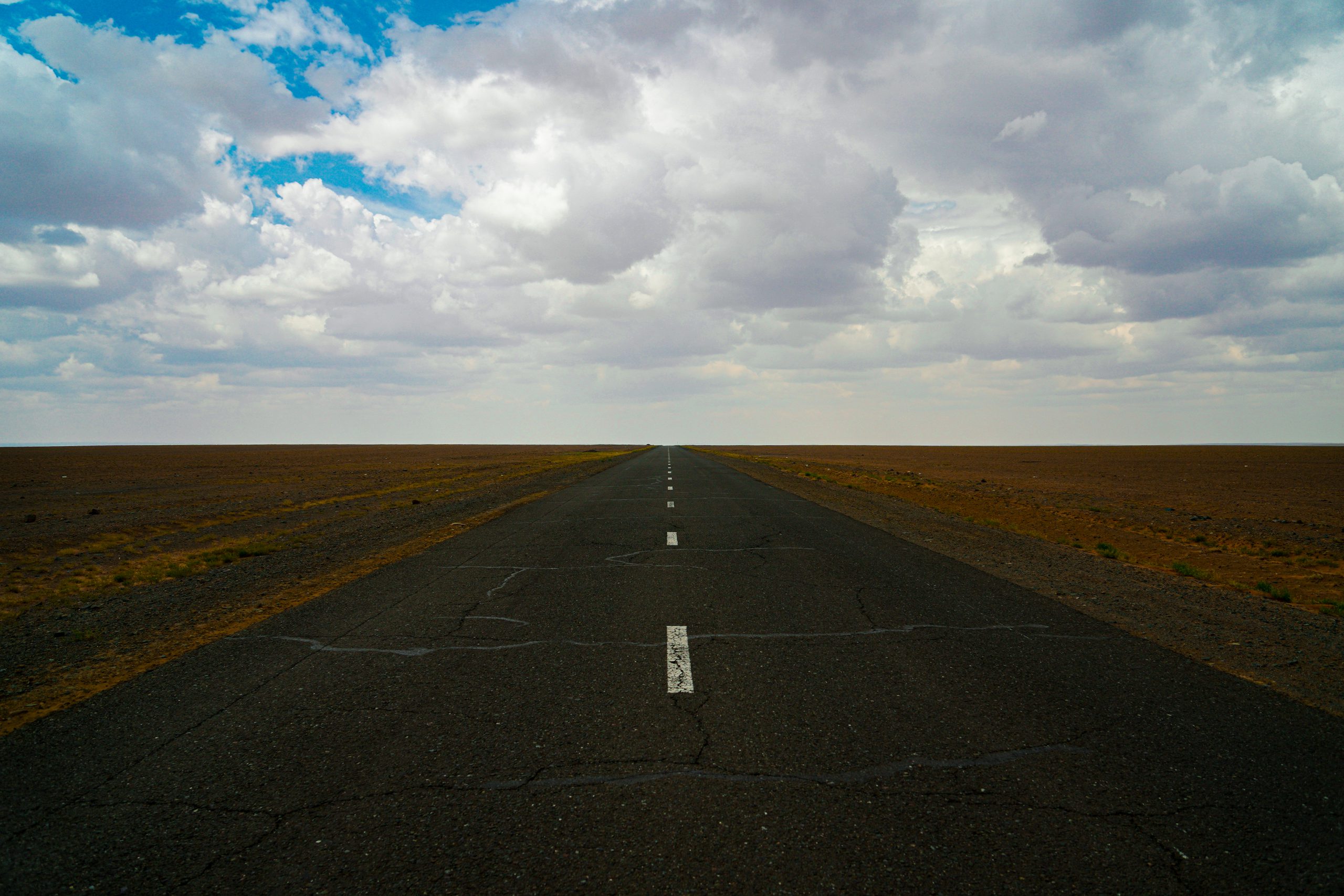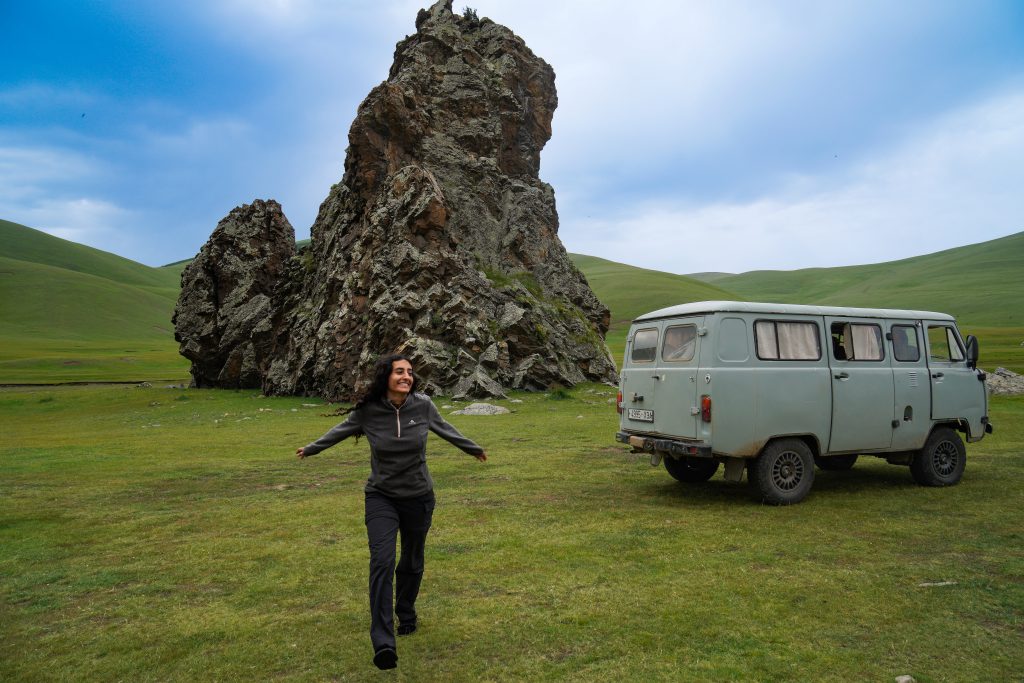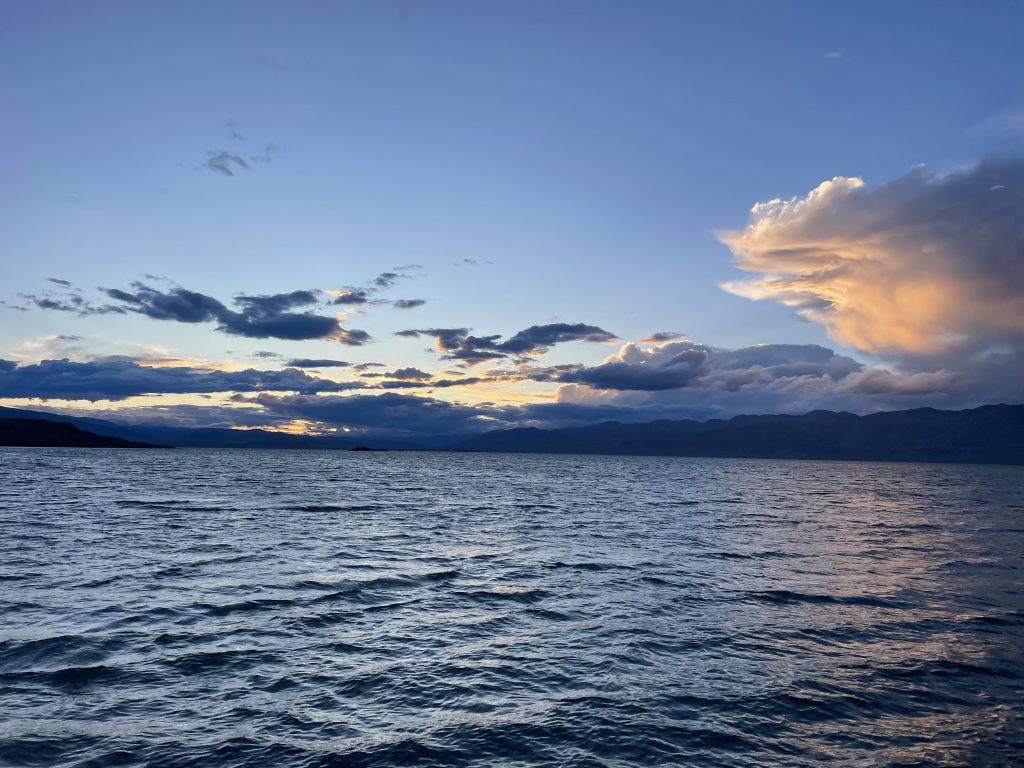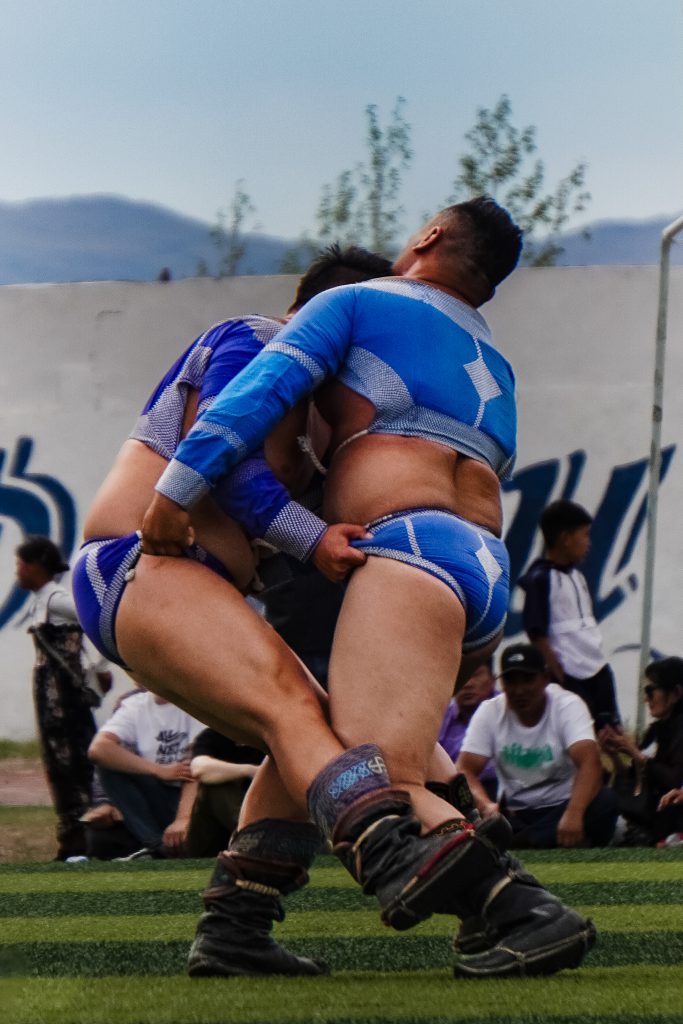
Mongolia, often referred to as the “Land of the Eternal Blue Sky,” is a destination that captivates travelers with its vast landscapes, rugged mountains, and rich nomadic heritage.
This country, with its unique culture, untouched landscapes, and historical treasures, offers an unparalleled travel experience for adventurers and culture enthusiasts alike. Here’s an in-depth guide to help you plan your journey through Mongolia.
Why Visit Mongolia?
Mongolia is a land where nature and culture intertwine beautifully. Here are a few reasons why you should consider visiting:
Stunning Landscapes

From the expansive Gobi Desert to the Altai Mountains and the lush green valleys of Central Mongolia, the country’s diverse geography offers some of the most untouched and awe-inspiring natural vistas on Earth.
In fact, Mongolia is one of the least densely populated countries in the world, allowing you to experience nature at its fullest with minimal to no human intervention.
Nomadic Culture

Mongolia’s culture remains deeply rooted in its nomadic traditions.
Visiting Mongolia gives travelers the unique opportunity to experience the lifestyle of the nomads—living in Gehrs (traditional round felt tents), herding livestock, and embracing the freedom of the open lands.
Unlike other places in Asia that have been overrun with tourists, where tradition has often become a mere attraction, Mongolia remains authentically connected to its history in a truly unique way
Adventure Opportunities

Whether it’s horseback riding across the steppe, trekking in the mountains, or camping under a star-filled sky, Mongolia is a playground for adventure lovers.
While traveling there, we went on a horse trek, camped extensively, fished, and hiked but more on that later.
Best Time to Visit Mongolia
The best time to visit Mongolia is between May and September. During this period, the weather is mild, and the days are long, making it perfect for outdoor adventures. July is particularly popular as it coincides with the Naadam Festival, Mongolia’s most famous cultural event. However, if you are interested in winter sports or experiencing the life of reindeer herders, the winter months can also offer a unique experience, albeit in harsh conditions.
Key Destinations in Mongolia

Ulaanbaatar
The capital city is the starting point for most travelers. It is a fascinating mix of Soviet-era buildings, modern skyscrapers, and traditional gers. Key attractions include the Gandan Monastery, Sukhbaatar Square, the National Museum of Mongolia, and the Zaisan Memorial. Ulaanbaatar also has vibrant markets, such as the Naran Tuul Market, where you can buy traditional crafts, clothing, and more.
“Naran Tuul, or ‘The Black Market,’ is probably the biggest market I’ve seen in Asia, offering everything you might need for a trip. We bought all our gear and provisions for our one-month journey around the country there, along with some souvenirs.”

Gobi Desert
Gobi Desert: One of the most famous deserts in the world, the Gobi is a must-visit for its vast dunes, canyons, and unique wildlife.
Key spots include the Khongoryn Els sand dunes, Ikh Gazriin Chuluu (Big rock formations), Yolyn Am canyon, and the Flaming Cliffs (Bayanzag), where dinosaur fossils have been discovered.

Terelj National Park
Located a few hours from Ulaanbaatar, this park is known for its stunning rock formations, lush valleys, and opportunities for hiking, horseback riding, and staying in traditional gers. Turtle Rock and the Aryabal Meditation Temple are popular attractions within the park.

Lake Khövsgöl
Often referred to as the “Blue Pearl of Mongolia,” this pristine lake in northern Mongolia is surrounded by mountains and dense forests. It’s a perfect destination for camping, kayaking, and meeting the Tsaatan reindeer herders who live in the region.

Karakorum and Orkhon Valley
Once the ancient capital of the Mongol Empire, Karakorum is now a fascinating archaeological site. The nearby Erdene Zuu Monastery is Mongolia’s oldest Buddhist monastery and a UNESCO World Heritage site. The Orkhon Valley, with its scenic landscapes and historical sites, is also part of the UNESCO designation.

Altai Tavan Bogd National Park
Located in the far west, this park is home to Mongolia’s highest peaks, glacial lakes, and traditional Kazakh eagle hunters. The park offers some of the most challenging treks in Mongolia, including the climb to Khüiten Peak, the highest point in the country.
Most backpackers climb Malchin Peak, a 2-3 day trek to the summit of Mongolia’s second-tallest mountain.
Experiencing Nomadic Culture

A highlight of any trip to Mongolia is staying with a nomadic family.
Many tours and independent travelers arrange homestays where you can experience daily life, including milking yaks, making traditional dairy products, and learning archery or horseback riding.
These experiences provide a deep insight into Mongolia’s unique cultural heritage and the resilience of its people in such a harsh environment.
The Naadam Festival



Held annually in July, the Naadam Festival is the largest and most significant event in Mongolia, showcasing the “Three Manly Games”—wrestling, horse racing, and archery. It’s a fantastic opportunity to witness Mongolian culture and sportsmanship in action, with locals dressed in traditional attire, lively celebrations, and plenty of local cuisine to enjoy.
Practical Tips for Travelling in Mongolia
1. Transport:
Mongolia’s vast size and rugged terrain mean that travel can be challenging. While flights do connect major destinations they are sparse and quite expensive, much of the country is best explored by road or better said Off-Road. Hiring a driver or joining a tour is often the most practical way to navigate the remote landscapes. For the adventurous, renting a 4×4 or a Motorcycle is an option, but it requires careful planning and navigation skills (A better option for visiting a second time).
When in Ulaanbaatar, find a local travel agency to connect you with a driver and assist with planning. My group and I booked with Golden Gobi agency, and despite a few hiccups, they were very helpful.
2. Accommodation
Outside of Ulaanbaatar, accommodation options are limited to guesthouses, ger camps, and homestays. Staying in a ger camp is highly recommended for an authentic experience. Be prepared for basic amenities, but the hospitality of the locals more than makes up for it.
An alternative is to buy or rent a tent, allowing you to camp almost anywhere, often for free. Some more organized locations may charge a small fee for setting up a tent, but it’s a fraction of the cost. You can still stay with a local family and experience their hospitality, even if you don’t sleep in their ger.
3. Food
Mongolian cuisine is centered around meat, particularly mutton, beef, and yak, along with dairy products. Buuz (steamed dumplings), Khuushuur (fried meat pies), and Boodog (meat cooked inside an animal’s skin with hot stones) are popular dishes. Vegetarian options are limited, so plan accordingly.
During our trip, we typically bought groceries from supermarkets and small shops and cooked for ourselves. This approach helped reduce costs and provided more meal variety since food options don’t vary much across the country
4. Communication and Connectivity
English is not widely spoken outside Ulaanbaatar, so learning a few basic Mongolian phrases can be helpful. Mobile networks cover some areas, but remote regions may lack coverage. Purchasing a local SIM card is recommended for internet access. I personally recommend UNITEL as they offered the best prices and the most coverage.
Another important tip is to download offline maps to navigate the country. While drivers usually know the routes 99% of the time, having offline maps can be helpful for keeping track of your whereabouts and providing peace of mind. We used Mapy.cz as our navigation map because it has more off-roads than Google Maps
5. Packing Essentials
The weather in Mongolia can be unpredictable, even in summer. Pack warm clothing, a good-quality sleeping bag, sturdy footwear, sun protection, and a medical kit. If you plan to camp or trek, bring suitable gear. As I said previously you can find most of the necessities in the Black Market in Ulaanbaatar.

Conclusion
Mongolia is a destination like no other—where you can roam freely across the open steppe, learn from ancient cultures, and connect deeply with nature. It’s a place where time seems to stand still, and the spirit of adventure is ever-present. Whether you’re an intrepid traveler, a history buff, or someone looking to disconnect from the modern world, Mongolia has something to offer everyone.
So pack your bags and prepare for the journey of a lifetime!
